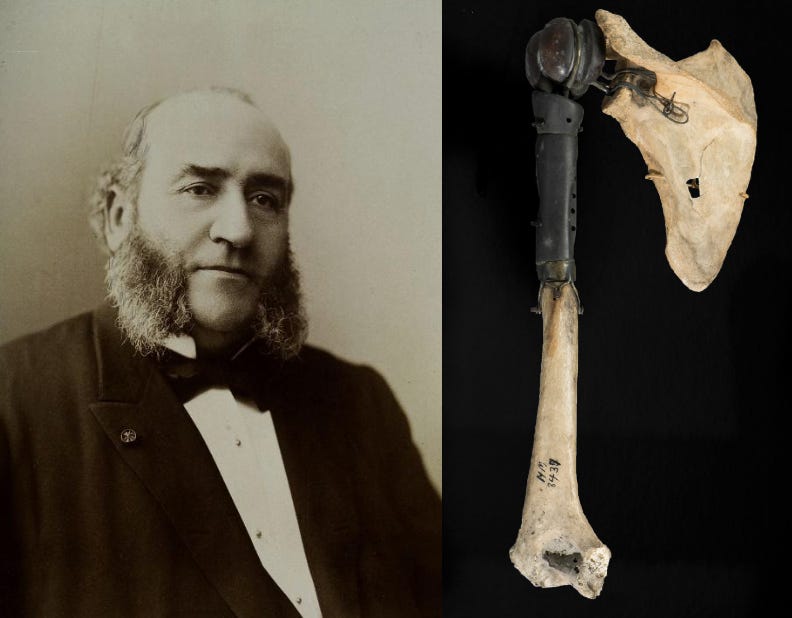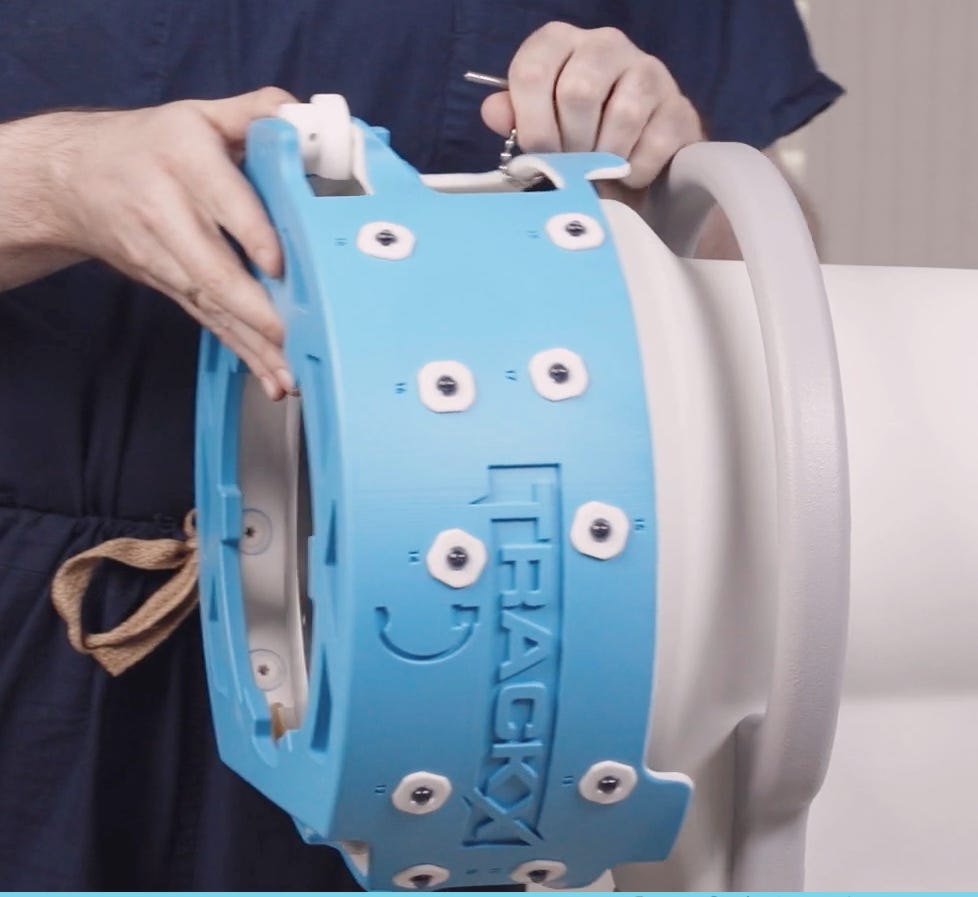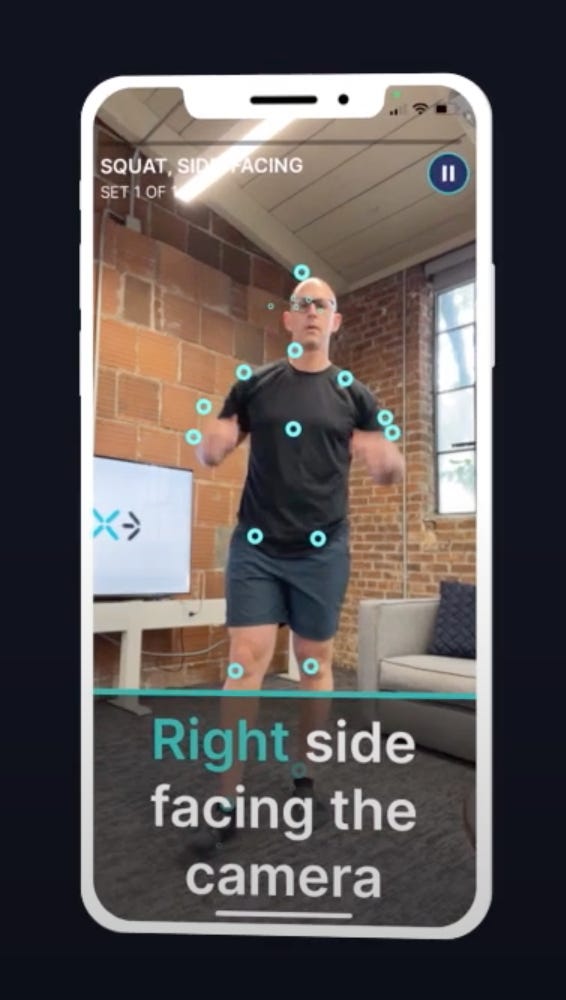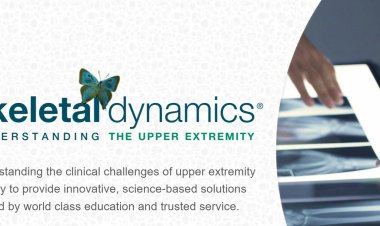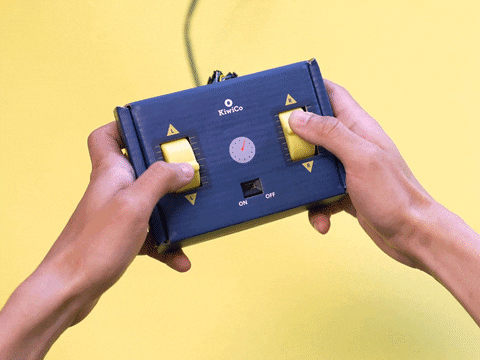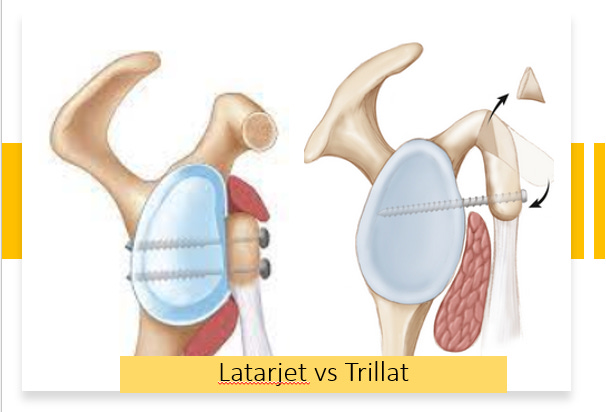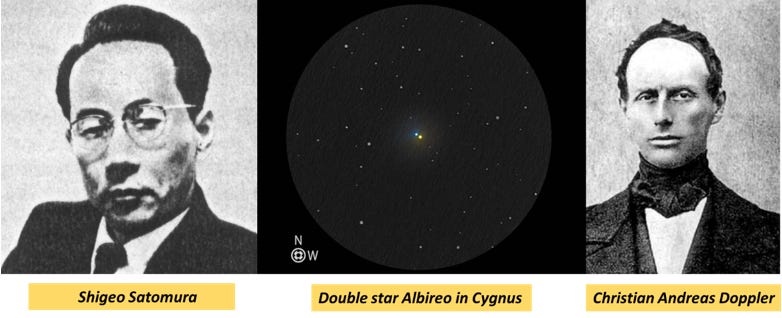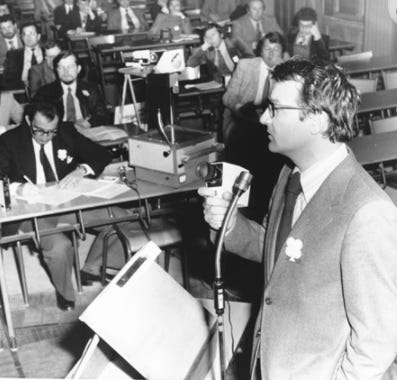The world pushes you to others' KNEES
Get enthralled by the latest updates in Knees in this month's Brew with Bones
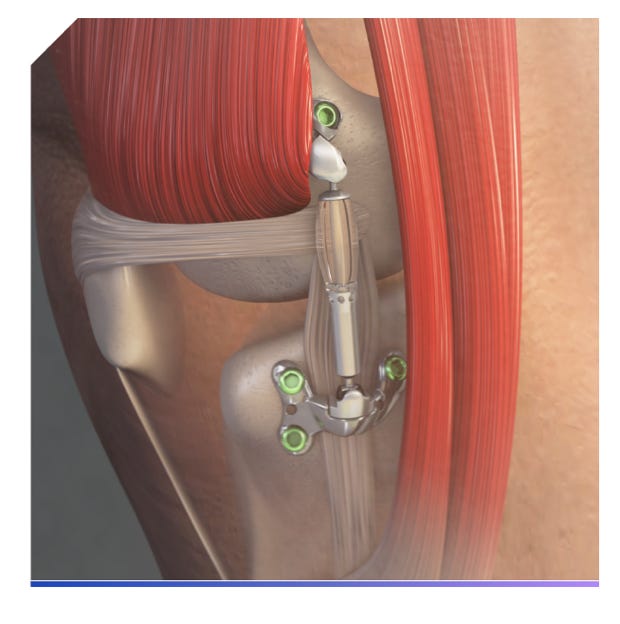
The real Knee shock absorber is here!
There are some moments in our life where we think “why didn’t I think of that?”. You will get that thought when you see this particular implant.

HTO, Uniknee ‘s, and all other surgeries for a unicompartmental early(-ish) arthritis are aimed at offloading the affected compartment. People at MOXIMED translated that thought quite literally into an off-loading device called “MISHA Knee System”

It is a medial off-loading shock absorber system, placed in an extracapsular location with ‘less’ invasive procedure. It allows weight bearing as early as 13 days with a narrow range of patient selection – 25-65 years old, mild to moderate medial knee OA (KL grade <2.5), ‘compatible anatomy’(no osteophytes, extruded meniscus, etc.) with adequate bone quality.
Please note, this is still in clinical trials (80 patients in 2 studies) with details in their website but early reports of three-year data are out. They claim 76% reduction in knee pain and 74% improvement in knee function based on WOMAC and KSS scores. No device mechanical failure. One screw partially backed out but without mechanical failure. 5% of patients complained of pain. (All the numbers are from the website based on data on file at MOXIMED).
Check out this Video link
We will post further update once the paper is out.
The friendship of two Swiss men that changed the diagnostics of knee forever -#FromTheHistory:
A general surgeon, academician, and publisher, Dr. Eugen Bircher (1882 - 1956) wrote books on goiter and gastric surgery and was the chief of surgery at the Aarau General Hospital. Besides his medical work, Bircher pursued a colorful military career as well. In the midst of all these, he went on to do the first diagnostic arthroscopy of the knee. Who took him into knee surgery?
Well, it was Fritz Steinmann. Steinmann, widely known for his pins, is also the one who popularized meniscectomies. We should not forget the Steinmann signs for the diagnosis of meniscal injuries. Bircher was asked by Steinmann to help in the editorial works of some medical journals. Soon their friendship flourished. Surgical phylosophies were exchanged. And Bircher went on to introduce the Steinmann techniques of skeletal traction and Meniscectomy in the Aarau general hospital. However, he wanted to confirm meniscal tears by some means before opening up the knee for excision. He used the Jacobaeus Laparoscope to view the knee and confirm the diagnosis and termed the procedure - arthroendoscopy. This is the beginning of diagnostic knee arthroscopy.

Protect your hinge! - #SurgicalPearl:
Whether you use special planning software or Dugdale or Miniaci method for preop planning and even employ a patient-specific zig, there is always some risk of hinge fracture in HTO. Don't worry, there is a simple handy trick that is almost foolproof - using a hinge K wire.

This is a vertically oriented K wire inserted from the inferomedial aspect to the superolateral aspect of the knee which serves to protect the lateral cortex from hinge fracture. The wire intersects the plane of osteotomy laterally. Gulagaci et al report that this simple technique reduced the number of hinge fractures significantly. Also, the technique is not limited to HTO. We can as well apply this to any osteotomy.
Mechanical or Kinematic? The MacDessi way:
‘Mechanical alignment’ (MA) method, the gold-standard technique since early TKA development, disregards the inherent variability in coronal alignment. ‘Kinematic alignment’ (KA) attempts to restore the constitutional knee joint by replicating the original movement around the three kinematic axes that make up normal knee motion. But who needs a kinematic alignment based TKA? is the burning question.
MacDessi et al. described the Coronal Plane Alignment of the Knee (CPAK) classification which may serve this purpose. The three subgroups of HKA are set against the three subgroups of JLO in a matrix to create nine different phenotypes of knees. Types I, II, and IV with KA had a significantly higher likelihood of having optimal balance and the largest effect sizes compared to MA.

How active are post-TKR patients? #InTrials:
TKR is a common widely used procedure to relieve pain and improve function in patients with symptomatic advanced OA. But does physical activity really improve after TKR?
To see if this really happens and find ways to make it happen, Elena Losina et al are doing Knee Arthroplasty Activity Trial (KArAT). It is an RCT with three arms. All participants will receive usual post-operative care for TKR surgery. Participants in the first arm will complete basic study activities, such as responding to surveys and attending two in-person clinic visits. Participants in the second arm will receive a wrist-based physical activity tracker intervention and receive phone calls from study staff about improving their general well being. Participants in the third arm will receive a telephonic active coaching (motivational interviewing) and financial incentives based intervention, as well as a wrist-based physical activity tracker intervention. The second and third arms will receive financial rewards for wearing a wrist-worn activity tracker for twelve months during the study.
Let’s see if the financial aid, motivation and wristband help patients.

Events to check out:
-
EUROSPINE 2023 4 Oct - 6 Oct 2023, Frankfurt, Germany
-
Pediatric Orthopedic Society of North America (POSNA): 2023 Annual Meeting - 25 to 29 April 2023, Nashville, Tennessee, USA
-
Welsh Orthopaedic Society Annual Meeting 2023 25 to 26 May 2023, Bridgend, Wales, UK.
Answer to last month’s question:
What are the indications according to AAOS guidelines to use Cement for stem fixation in Hip Arthroplasty?
Answer:
All the above i.e., Abnormal proximal femoral morphology, Conversion of failed hip fixation, Inflammatory arthritis and Osteoporotic bone.
Here is a clinical question:
If a patient with unicompartmental OA has ACL deficiency, can he still undergo Uni Knee replacement alone?
Hold your curiosity untill our March issue is out.
Have a fabulous February.









